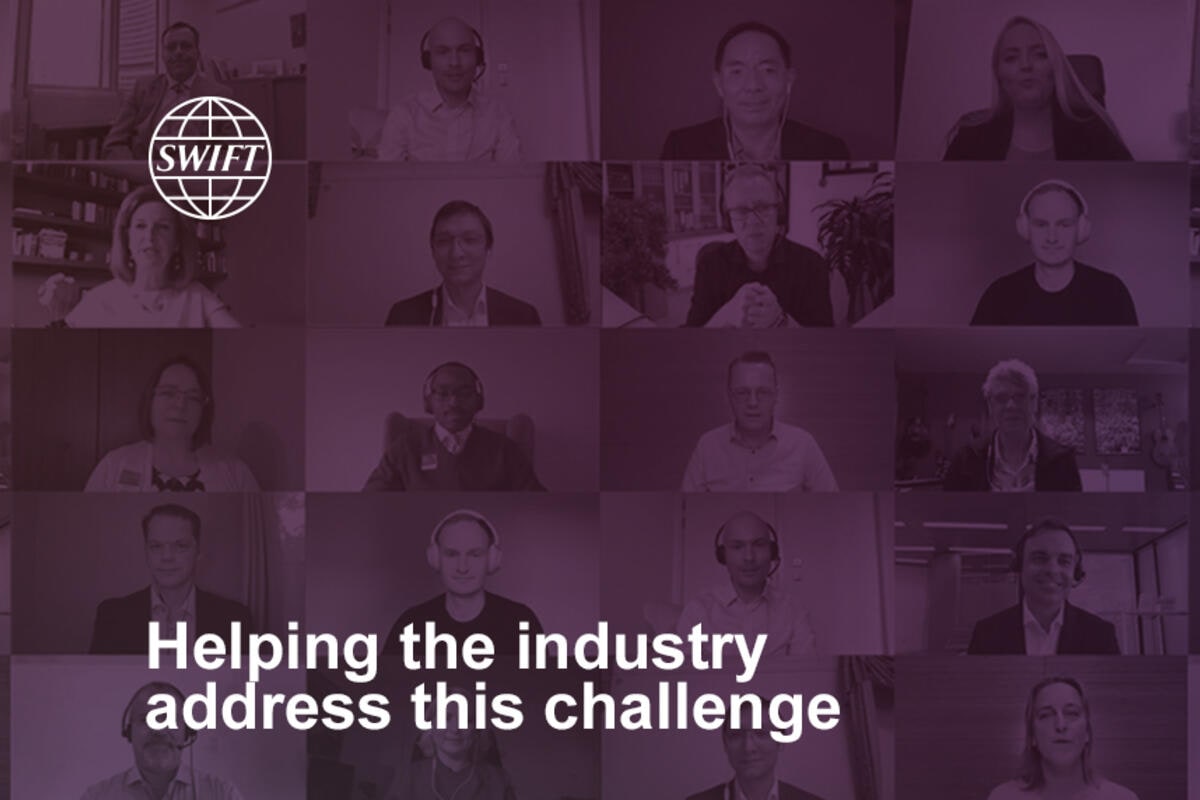What are the main blockers to achieving frictionless cross-border payments? What progress has been made so far? And what more needs to be done? Our expert panel discussed all this and more at Sibos 2021.
In today’s environment, users expect payments to be fast, trackable and predictable – but where cross-border payments are concerned, there continue to be many areas of friction that can reduce efficiency and impact the customer experience. In a session at this year’s Sibos, a group of experts discussed where friction arises and how this can be addressed.
Why does friction matter?
Introducing the session, Thomas Halpin, MD, Global Head of Payment Products at HSBC pointed out that friction in the system costs financial institutions a significant amount of money every year. “What’s even more important is the impact it’s having in terms of lost opportunities, increased risk that it’s putting into the system, and the unpredictability that is so critical for our customers,” he added.
As Vikram Paranjpe, Senior Product Manager at Citi noted during the discussion, another important consideration is that customer expectations are continuing to evolve. In light of developments such as digital payments, instant payment schemes and mobile wallets, consumers increasingly expect a fast, intuitive banking service and payment experience – “and we’re seeing those same expectations cross over into the cross-border payments space.”
But as Isabel Schmidt, Head of Direct Clearing and Asset Account Services Products at BNY Mellon pointed out, payments are not the primary purpose of business for clients. “Nobody wakes up in the morning and says, ‘Great, I’m going to do a few payments today,’” she commented. “People want to conduct their own business – and payments are something that has to happen seamlessly to support their primary business objective.”
Addressing sources of friction
The panel turned to areas the financial community must address to increase efficiency in the cross-border payments process. Marc Recker, Global Head, Institutional Cash Management Products at Deutsche Bank commented that while Swift GPI has brought transparency over the status of payments, continuing sources of friction include differing market practices around the globe, as well as the repetition of activities such as sanctions screening by multiple parties along the payment chain.
Other sources of friction include the use of unstructured data that has to be analysed by systems or by people, said Schmidt. And for payments that cannot be straight-through processed, she noted that a payment can travel all the way to the beneficiary bank before the account number is validated against the account name. This can result in costly investigations and delays, highlighting the need for solutions like Payment Pre-validation.
When it comes to improving data, ISO 20022 is key. Paranjpe said that when the rich structured data provided by ISO 20022 can be combined with a common set of agreed rules, “we can start to do two things. We ensure the integrity of the payment end-to-end; and start to enforce the immutability of key data elements, ensuring most of that rich payment information gets to the end beneficiary.”
“In the end, what really is going to make the big difference is to know at a very granular level, what every piece of information in the payment actually means,” Schmidt concluded. “So, we're very much looking forward to that ISO implementation – being able to use the structured data.”
Exceptions and investigations
Turning to exceptions and investigations, the panellists noted that processes are built around unstructured free format messages that are passed serially back through the chain. This leads to certain challenges, included limited transparency over the status of queries, long resolution times and a lack of responsiveness.
As well as being costly and manually intensive for banks, this also translates into a poor customer experience. Paranjpe pointed out the value that Swift’s Case Resolution service brings to this process.
Yukiko Kanai, Deputy General Manager, International Department at the Chugoku Bank Limited, said that since adopting Case Resolution, the bank has been able to make and track enquiries via gpi, with responses now received much quicker, typically within two days. “The more banks there are participating in case management, the more effective it will become for all parties,” Kanai said.
Moving forward
Where other solutions are concerned, as Recker commented, embracing pre-validation and improving data are key to making payments more predictable. He added that with a combination of collaboration and having the right tools in place, a bank can determine the end-to-end cost of a payment in advance, enabling them to provide total transparency to customers upfront.
The introduction of the enhanced Swift platform, due to go live in November 2022, will also be transformational in this regard. It will enable the integration of services such as pre-validation and case management more closely with the business transaction, reducing friction across the payment lifecycle.
The successful collaboration that the industry saw in the high-value payments space with Swift GPI has also paved the way for Swift Go – our new, innovative low-value payments service that allows small business and retail customers to send fast and predictable cross-border payments, directly from their bank accounts. “That’s a game changer to the way we’re currently approaching cross-border payments,” Recker added, concluding that Swift Go, “is definitely something that will enable a lot more services going forward.”
As Paranjpe concluded, “in a frictionless future, cross-border payments should really be invisible and ubiquitous. You can’t do it single-handedly – it’s about collaborating, co-creating and innovating together.”



